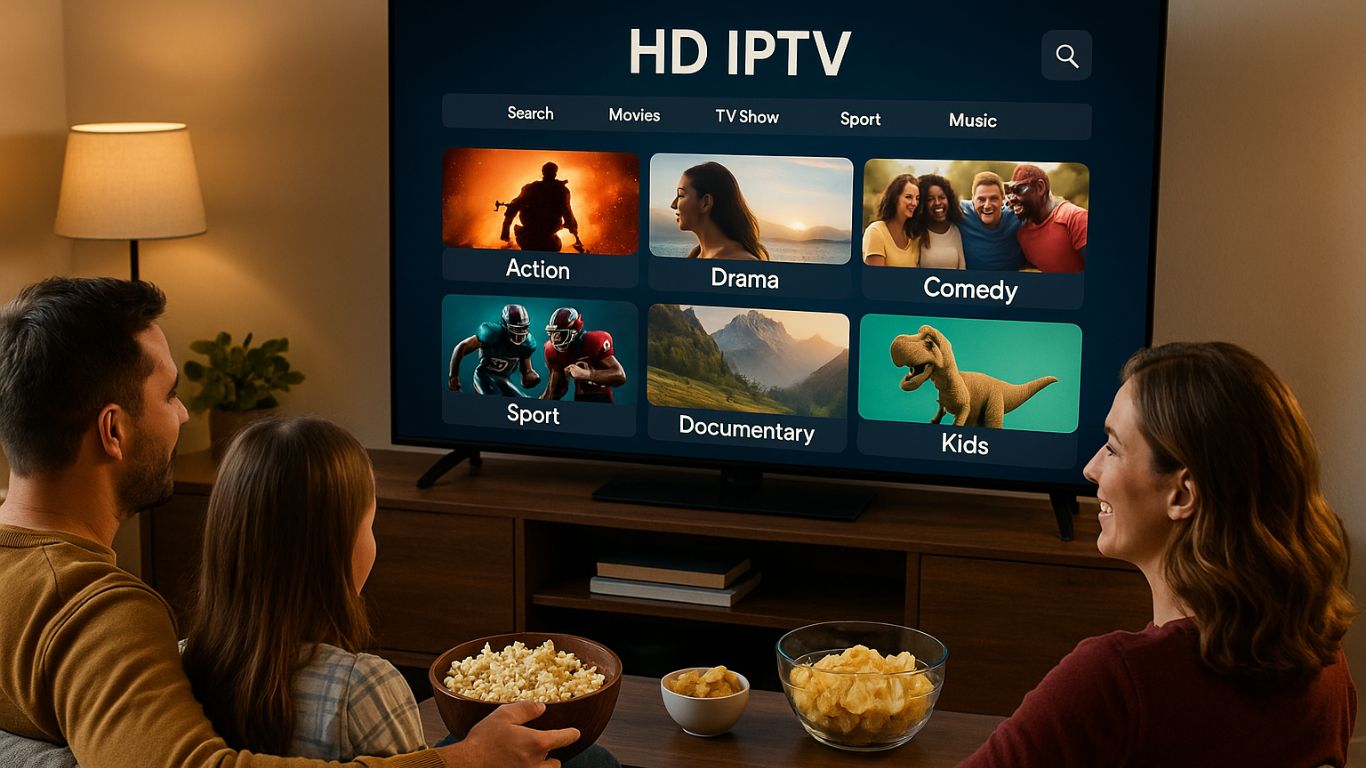In today’s fast-paced digital world, communication technology plays a central role in how people connect, collaborate, and conduct business. From simple voice calls to advanced virtual collaboration platforms, the evolution of communication tools has been both rapid and transformative. As we move deeper into the digital age, several emerging trends are reshaping the way we communicate, making processes more efficient, inclusive, and integrated. Let’s explore the top trends in communication technology that are setting the stage for the future.
1. Rise of 5G Networks
One of the most groundbreaking advancements in communication technology is the rollout of 5G networks. Offering higher data speeds, lower latency, and greater connectivity, 5G is revolutionizing how we use mobile and internet services. It supports real-time communication for applications such as video conferencing, streaming, and IoT devices.
With 5G, businesses can operate with more flexibility, and remote teams can collaborate seamlessly without lags or connectivity issues. As more regions adopt 5G infrastructure, the potential for immersive communication experiences will continue to expand.
2. Artificial Intelligence (AI) in Communication
AI is transforming communication technology by automating and enhancing interactions. Chatbots, virtual assistants, and AI-driven customer service platforms have become increasingly common, offering real-time support and improved user experiences.
AI also enables sentiment analysis, voice recognition, and personalized communication. For example, AI can analyze conversations in real-time and offer suggestions for better engagement or flag potentially sensitive issues. Businesses are using AI to streamline internal communications and gain insights from vast amounts of communication data.
3. Unified Communication Platforms
The demand for Unified Communications as a Service (UCaaS) is on the rise. These platforms combine various communication tools—such as messaging, video calls, email, and file sharing—into a single interface. Microsoft Teams, Zoom, and Slack are leading examples.
By integrating all communication channels, organizations can enhance collaboration, reduce misunderstandings, and boost productivity. Unified communication technology also ensures that remote and hybrid workforces stay connected, regardless of their location.
4. Internet of Things (IoT) Integration
The Internet of Things is no longer just about smart homes and wearable devices. It’s now deeply connected to communication technology. IoT devices can send and receive data, triggering alerts, messages, or actions based on specific conditions.
In industrial settings, IoT sensors can communicate real-time data to operators or management, improving safety and efficiency. In healthcare, devices can automatically notify doctors about changes in a patient’s condition. The integration of IoT with communication systems is opening doors to automation and proactive decision-making.
5. Augmented Reality (AR) and Virtual Reality (VR)
AR and VR are redefining immersive communication. While they are often associated with gaming, their impact on communication technology is growing rapidly. Virtual meetings, remote training, and interactive presentations are becoming more engaging through AR/VR.
For example, instead of a regular video call, team members can meet in a virtual workspace using VR headsets. This creates a sense of presence and improves collaboration. In education and healthcare, AR/VR are being used to deliver more interactive and effective communication experiences.
6. Cloud-Based Communication
Cloud technology has become the backbone of modern communication. Cloud-based platforms allow users to access messages, files, and communication tools from any device, anywhere in the world. This has been especially crucial during the global shift to remote work.
Cloud communication technology offers scalability, flexibility, and cost savings. Organizations no longer need to invest heavily in infrastructure. Instead, they can use services that grow with their needs. Backup and disaster recovery are also more manageable with cloud solutions.
7. Cybersecurity in Communication
As communication technology advances, so do the threats. Cybersecurity has become a top priority for businesses and individuals. Secure communication channels are essential to protect sensitive data and maintain privacy.
End-to-end encryption, multi-factor authentication, and secure messaging apps are being widely adopted. Organizations are also investing in cybersecurity training to ensure that employees recognize phishing attempts and avoid data breaches.
8. Real-Time Language Translation
With globalization, the need for cross-language communication is greater than ever. Communication technology is addressing this through real-time translation tools. Services like Google Translate and Microsoft Translator allow users to communicate across languages with minimal delay.
AI-powered translation tools can now be integrated into messaging apps, video calls, and websites. This enhances accessibility and ensures smoother communication in international teams and markets.
9. Mobile-First Communication
Smartphones have become the primary device for communication. From voice calls and texting to video conferencing and collaborative apps, mobile technology dominates the communication landscape.
Businesses are increasingly adopting a mobile-first approach to ensure that employees and customers can communicate effectively through their phones. Mobile communication apps are optimized for speed, usability, and responsiveness, making them essential tools in today’s digital environment.
10. Sustainable Communication Technology
Sustainability is becoming a priority in every industry, including communication technology. Companies are now looking for eco-friendly solutions that reduce energy consumption and minimize electronic waste.
Cloud services reduce the need for physical infrastructure, while remote communication tools reduce the need for travel. Green data centers and low-power devices are also contributing to more sustainable communication practices.
FAQs
1. What is communication technology?
Answer:
Communication technology refers to the various tools, systems, and platforms used to transmit, receive, and process information between people or devices. This includes smartphones, video conferencing apps, messaging services, cloud communication, and more advanced innovations like 5G, AI, and IoT.
2. Why is 5G important for communication technology?
Answer:
5G technology offers faster data speeds, lower latency, and greater connectivity. This allows for more reliable video calls, real-time collaboration, and smoother performance of connected devices, which is essential for modern communication in both personal and professional settings.
3. How does AI improve communication?
Answer:
AI enhances communication by automating customer service through chatbots, enabling real-time language translation, analyzing communication patterns, and providing smart suggestions. This leads to faster responses, personalized interactions, and improved efficiency.
4. What is unified communication, and why is it trending?
Answer:
Unified communication integrates multiple tools—like messaging, voice calls, video conferencing, and file sharing—into one platform. It’s trending because it simplifies communication, supports remote work, and improves team collaboration across different locations and devices.
5. Are communication technologies secure?
Answer:
Security in communication technology has improved significantly with measures like end-to-end encryption, secure login systems, and encrypted cloud storage. However, users and organizations must still practice cybersecurity awareness to protect against data breaches and unauthorized access.
Conclusion
The evolution of communication technology is shaping a more connected, efficient, and inclusive world. From 5G networks and AI-powered tools to immersive AR/VR experiences and cloud-based solutions, these trends are driving the future of how we interact both personally and professionally.
As businesses and individuals continue to adopt these technologies, staying informed about emerging trends is essential. Embracing these innovations not only enhances communication but also opens up new opportunities for growth, collaboration, and creativity in the digital age.
Whether you’re a professional navigating hybrid work, a business leader planning for the future, or a student exploring new tech, understanding the latest in communication technology is key to staying ahead in a rapidly changing world.











